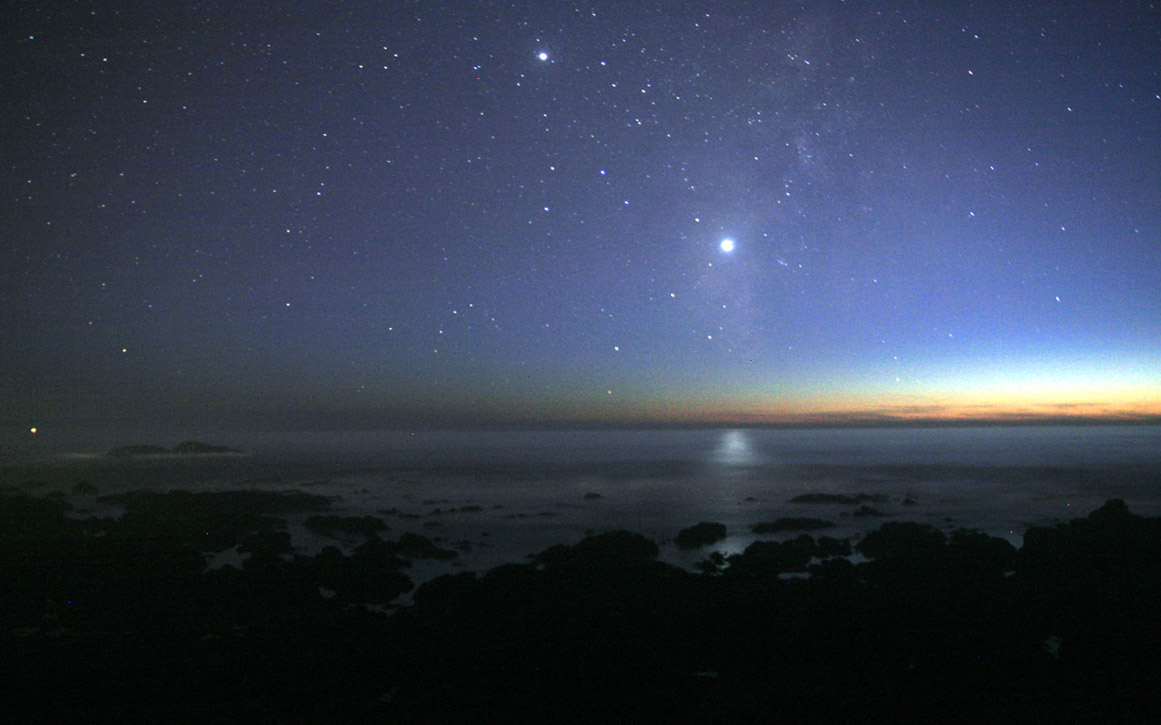Ecclesiology matters for the rapture debate beyond the argument given in Part 5. It is decisive for the interpretation of battleground passages like Matthew 24, the Thessalonian epistles, and parts of Revelation. This brief post will continue the series on the Rapture and the Nature of the Church by examining the effect ecclesiology has on `interpreting 1 Thessalonians 4:16.

One potential problem for reconciling Matthew 24:31 with the rapture, is that this passage describes angels gathering the elect, while 1 Thessalonians 4:16 says the Lord Himself will descend and get His Church. Gundry argues that these two descriptions are compatible because the Lord will gather His elect even though He does so through the agency of angels. He acknowledges, “a strong emphasis does lie on the word ‘Himself,’” but notes that this refers to his act of descending out of heaven, not His gathering.[1]
This presents another problem for Gundry, however, and one he does not address in his excellent book, Church and the Tribulation. If, as he argues, the emphasis on Himself is for the word descend, why would Paul say that the Lord Himself descends? Given posttribulationism, Paul is explaining what happens at the second coming of Christ. It should be obvious that He is the one descending. However, if Paul has in mind a pretribulation rapture, then it is perfectly reasonable for Paul to correct the possible misunderstanding that Christ would remain in heaven while the power of God raptures the Church directly to heaven. No, Paul explains, Christ Himself will descend out of heaven to get His bride (cf. John 14:3).
This is where ecclesiology comes in. Posttribulationists think of the event described in this passage as the leading citizens of a city going out to meet a visiting dignitary and following him back into the city.[2] Church saints, however, are not leading citizens of the earth, with earthly inheritance, awaiting their King. They are citizens of heaven with a heavenly inheritance. They are the body of Christ awaiting its Head—the Bride of Christ awaiting her Bridegroom to come and personally take her to His Father’s house. Proper ecclesiology corresponds to the pretribulationist understanding of this passage much better than the posttribulationist one.
[1] Gundry, Church and Tribulation, 103.
[2] Ibid, 104.

Pingback: The Rapture Part 6 — Matthew 24:31 | testing 5-2-1
Pingback: The Rapture Part 8 — The Restrainer of 2 Thess. 2 | testing 5-2-1
Pingback: The Rapture and the Nature of the Church — Conclusion | testing 5-2-1